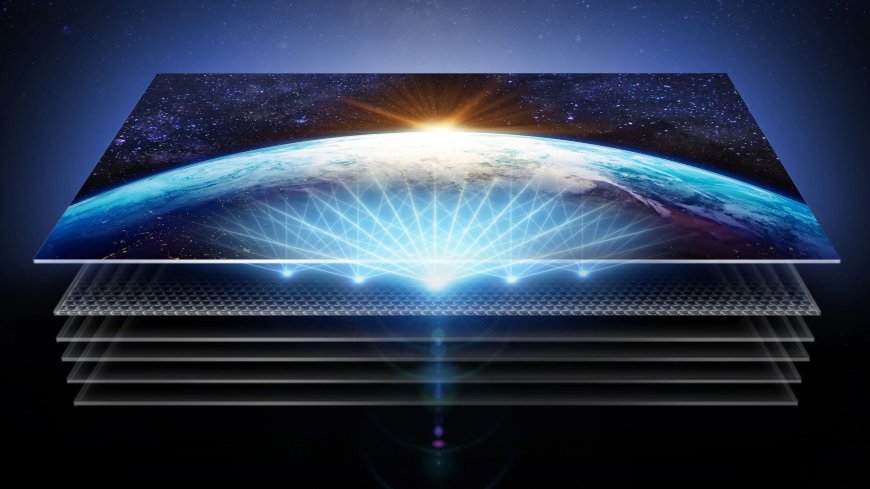Micro Lens Array: Revolutionizing OLED TVs in 2023
OLED TVs have long been celebrated for their true blacks, vibrant colors, and crisp details. However, one aspect that has often needed improvement is brightness. In 2023, LG Display's introduction of Micro Lens Array (MLA) technology has transformed OLED TVs, addressing this issue head-on. This innovation has earned the Micro Lens Array the prestigious Innovation of the Year Award 2023.

The Breakthrough in OLED Technology
- The Limitation: Traditional OLED TVs have struggled with achieving high brightness levels, a limitation attributed to the nature of the hardware.
- Micro Lens Array Emerges: LG Display's introduction of the Micro Lens Array technology, also known as Meta OLED or MLA OLED, has revolutionized OLED panels.
- The Technology Explained: MLA involves adding a layer of microscopic lenses atop the WOLED panel, effectively directing more light towards viewers. This enhances brightness without increasing the risk of burn-in.
Early Adopters and Benefits
- Manufacturers Embracing MLA: LG's G3 OLED, Panasonic's MZ2000, and Philips' OLED908 are among the early models incorporating MLA technology.
- Impressive Performance: Initial models like the LG G3 OLED showcase significantly improved brightness levels, with figures exceeding 2000 nits, making them some of the brightest OLED TVs to date.
Also Check Lenovo ThinkPad X1 Carbon: Sleek Design Meets Advanced Technology
The Future of OLED TV Brightness
- MLA vs QD-OLED: While MLA faces competition from Quantum Dot OLED (QD-OLED), which uses quantum dots for enhanced brightness, MLA stands out for its unique approach.
- Advantages of MLA Technology: MLA directly tackles OLED's brightness challenge without compromising on other aspects. It cleverly utilizes existing light, reducing the risk of burn-in and enhancing the overall viewing experience.
Potential Challenges and Outlook
- Competition and Market Adoption: As MLA is still in its nascent stages, its widespread adoption and performance against competing technologies like QD-OLED remain to be seen.
- Cost Considerations: Currently, MLA technology is predominantly featured in flagship models, which may come with a higher price tag.
Conclusion: Why MLA Wins the Innovation Award
- Addressing a Core Challenge: Micro Lens Array stands out for efficiently solving OLED's longstanding brightness issue.
- First Impressions and Impact: The initial MLA-equipped models have set high standards in brightness and vividness without noticeable drawbacks.
- Future Potential: While currently limited to high-end models, the potential for MLA to trickle down to more affordable options is promising.
- Award Justification: Considering the significant picture quality improvements and the absence of downsides, the Micro Lens Array rightfully deserves the Innovation of the Year Award 2023 for its groundbreaking impact on OLED TV technology.


































